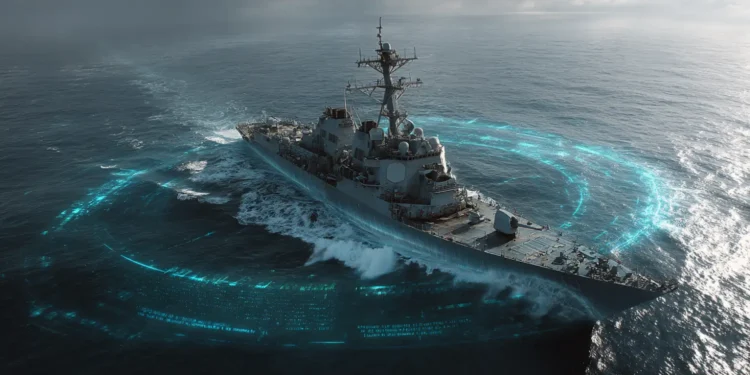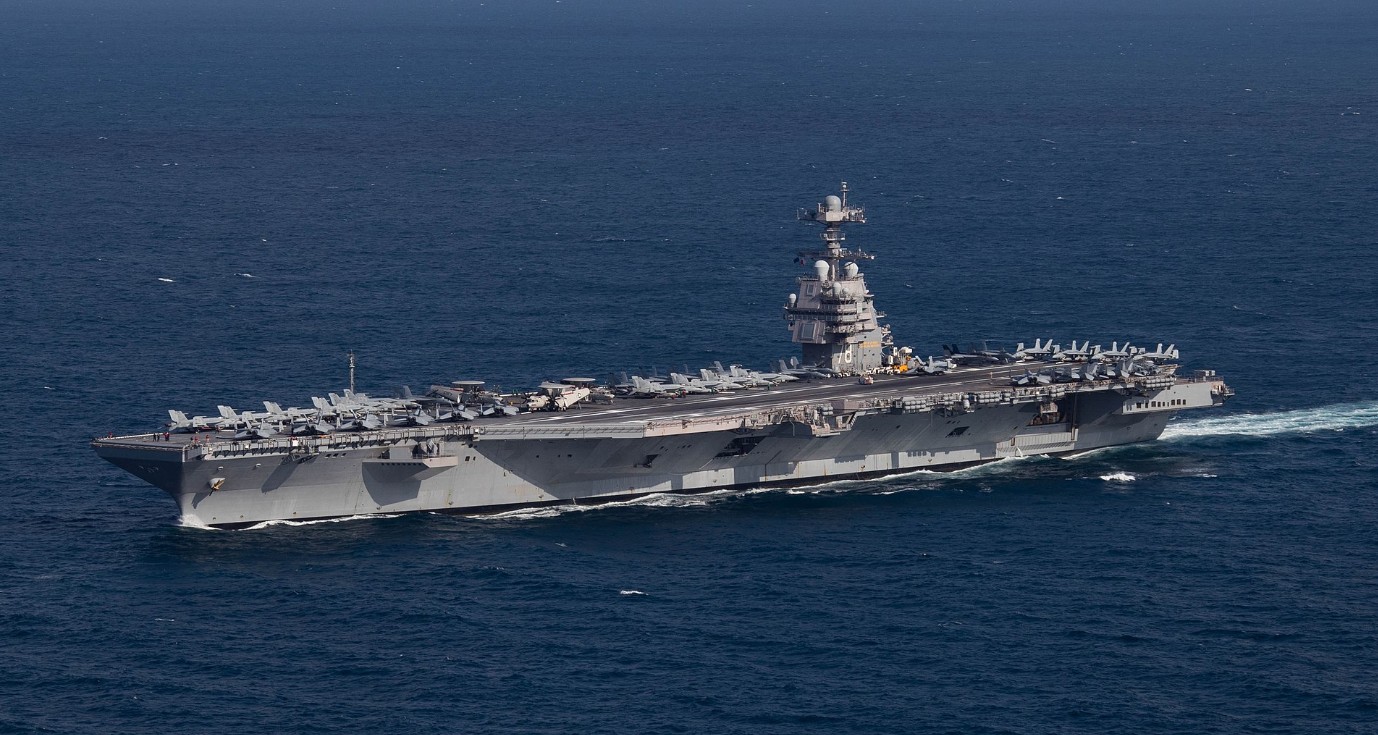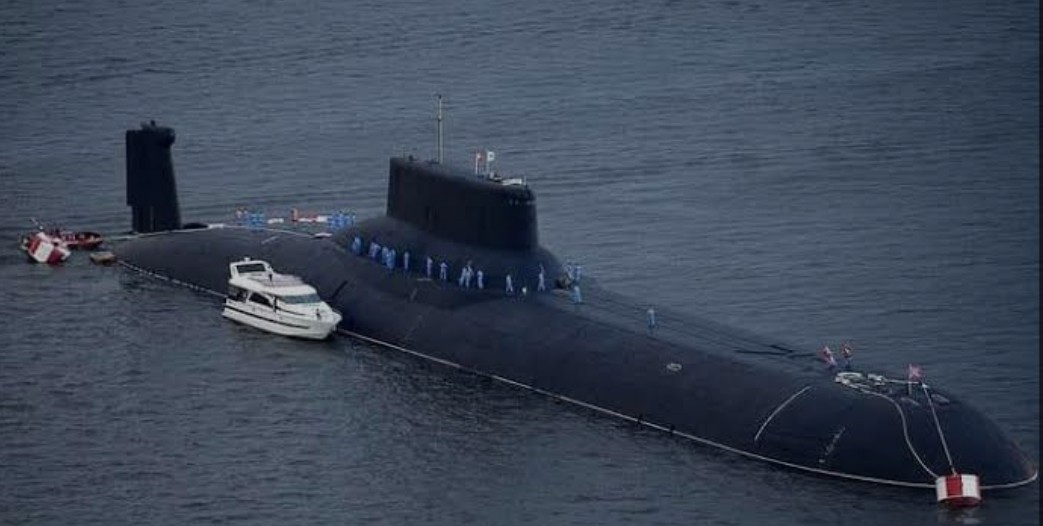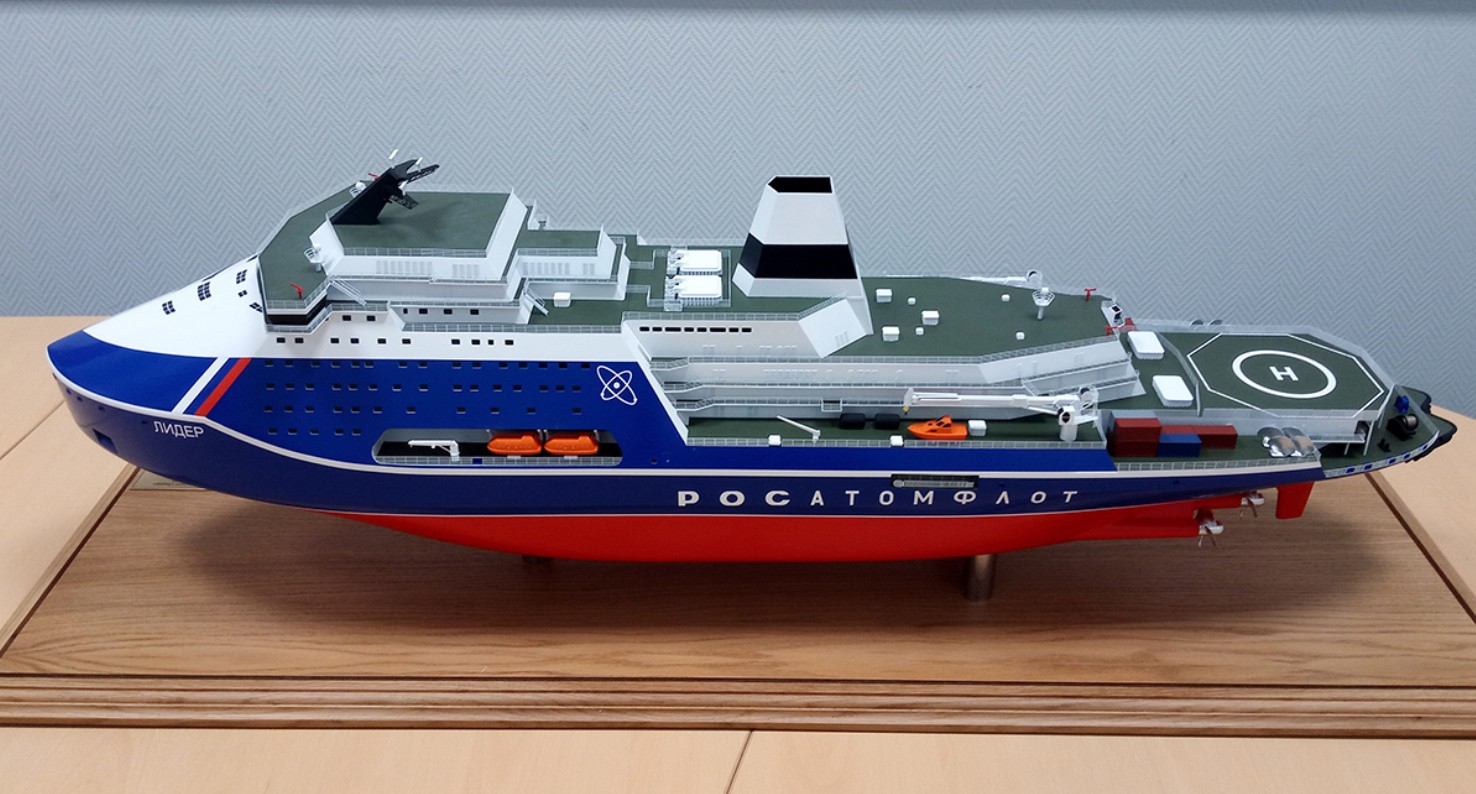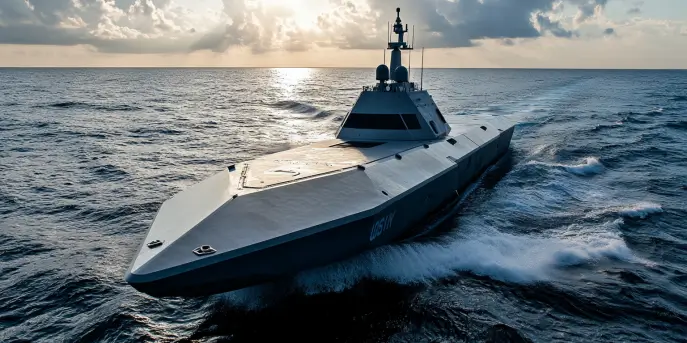The concept of the battleship has captured imaginations and strategic minds for decades. These behemoths of the sea carry the weight of nation-states, not just in their armament but also in their symbolism. In our quest to uncover the ultimate battleship, we explore not only the physical attributes that make these vessels impressive but also the technological advancements and strategic considerations that position some as the pinnacle of naval architecture.
The Evolution of Battleships
The journey of the battleship begins in the 19th century with the advent of steam power and ironclad hulls. Over the years, these vessels have evolved, adapting to changes in warfare and technology. Amongst the notable transformations was the shift from coal to oil-fired engines, which significantly increased range and speed.
As warfare transformed through the world wars, so did battleships. The advent of aircraft carriers and the increasing importance of air superiority led to a reevaluation of the traditional battleship role. Yet, even with declining prominence, their influence remains undiminished in discussions of naval engineering marvels.
Understanding Battleship Armament
At the heart of a battleship’s power lies its armament. These ships are designed to dominate with their formidable array of cannons and missiles. The weapons’ range, accuracy, and power define their ability to engage effectively. The guns of older battleships were typically large-caliber artillery that could fire shells weighing one ton over distances exceeding 20 miles.
Modern battleships may sometimes carry advanced missile systems, including anti-ship, air-defense, and land-attack missiles, augmenting their traditional artillery. Innovations in targeting and fire control systems further enhance these weapons’ operational effectiveness.
Technological Innovations
What sets the ultimate battleship apart isn’t just its size or armament, but the integration of cutting-edge technologies. State-of-the-art radar and sonar systems allow for superior tracking and targeting capabilities, while advanced electronic warfare suites offer significant advantages in modern combat scenarios.
The implementation of stealth technology, usually associated with modern naval vessels, also has its applications in the world of battleships. It minimizes the radar cross-section, making the ship less detectable at sea, a crucial factor in strategic deployments.
The Strategic Role of Battleships
Though the strategic role of battleships has shifted over the last century, their impact is still significant. They are often deployed in power projection missions, where their presence can deter aggression and ensure control over vital sea lanes. Their role in naval gunfire support during amphibious assaults remains unparalleled, providing a unique advantage in ground operations.
Furthermore, battleships serve as command and control centers, coordinating complex military operations across vast ocean spaces. This role has only expanded with modern communications technology, allowing these ships to be the nerve center of multifaceted naval engagements.
The Legacy of the Battleship
The ultimate battleship stands as a testament to human ingenuity and the continuous quest for maritime supremacy. Its formidable specifications, coupled with advanced technology, make it a cornerstone of naval strategy and a symbol of national power.
These vessels serve to remind us not just of past glory but of the evolving nature of military strategy. Even as other platforms gain prominence, the lessons learned from battleships remain vital to understanding naval warfare’s complexities and nuances. As we look to the future, the ultimate battleship is not just an artifact of history but an evolving concept that continues to inspire and influence naval architects and military strategists worldwide.
